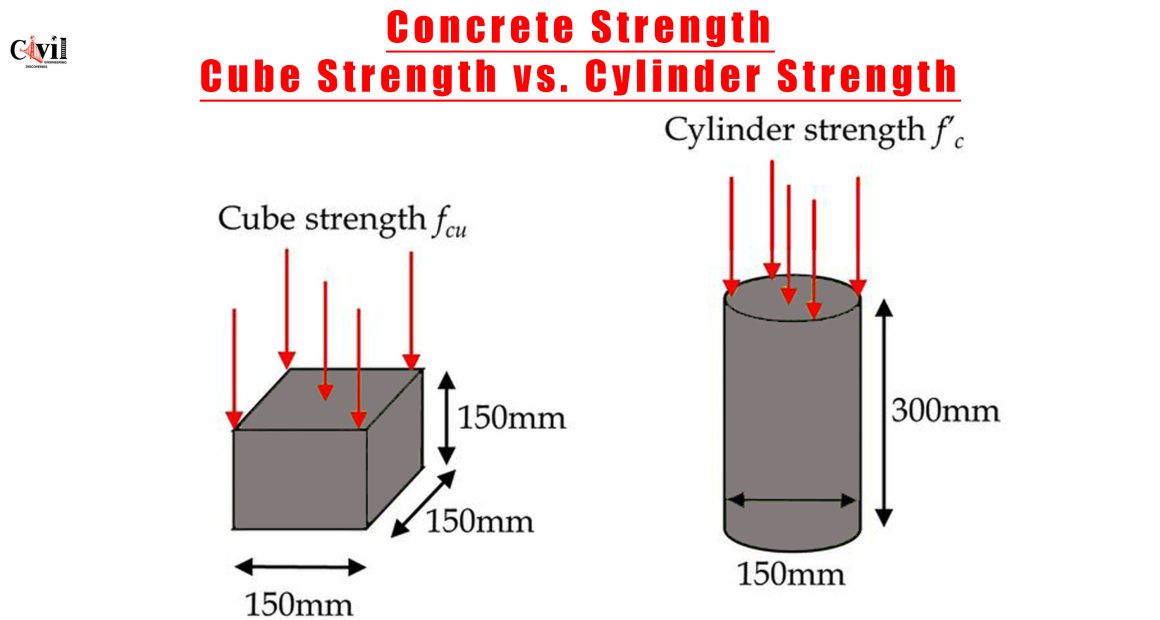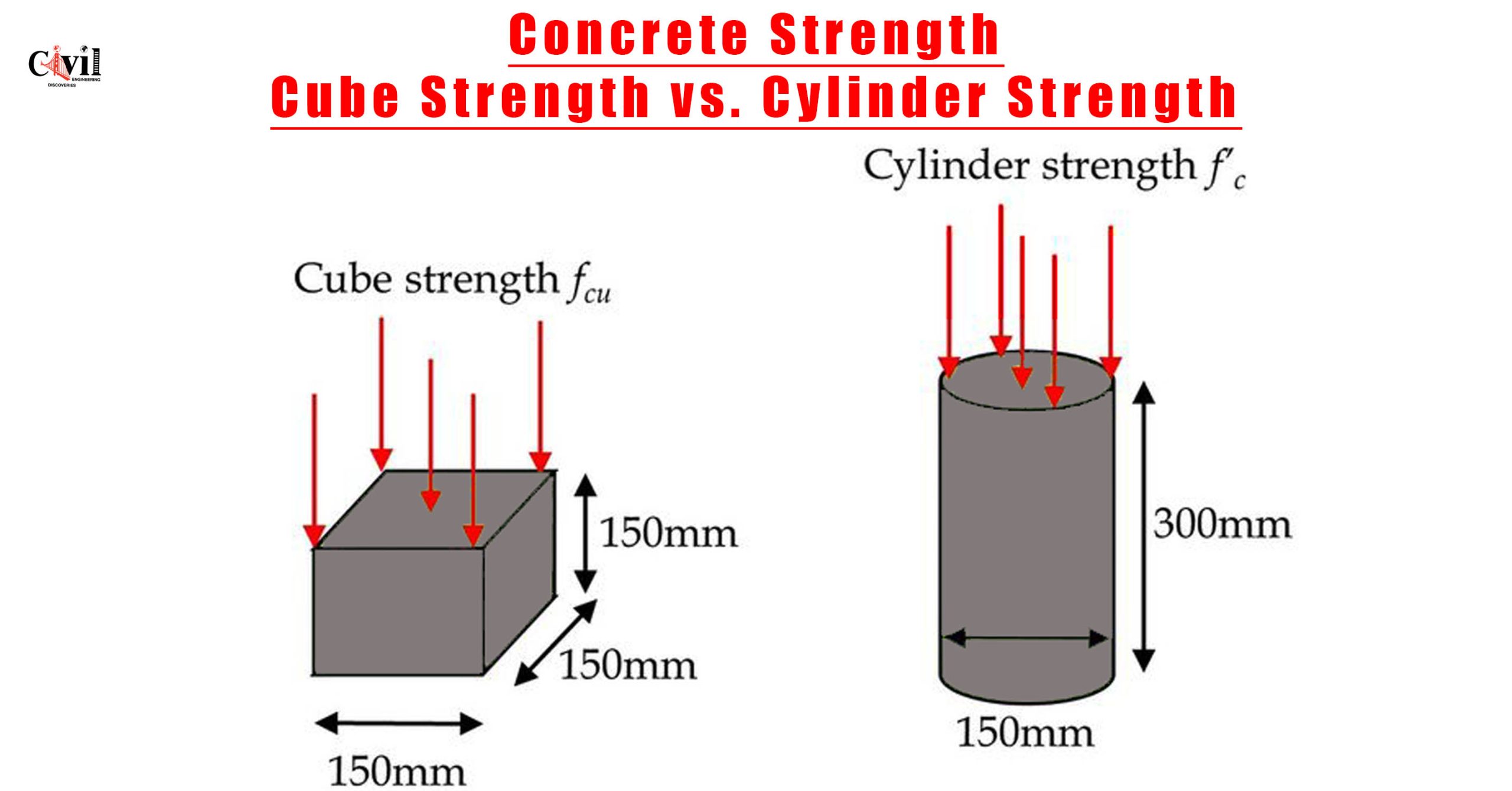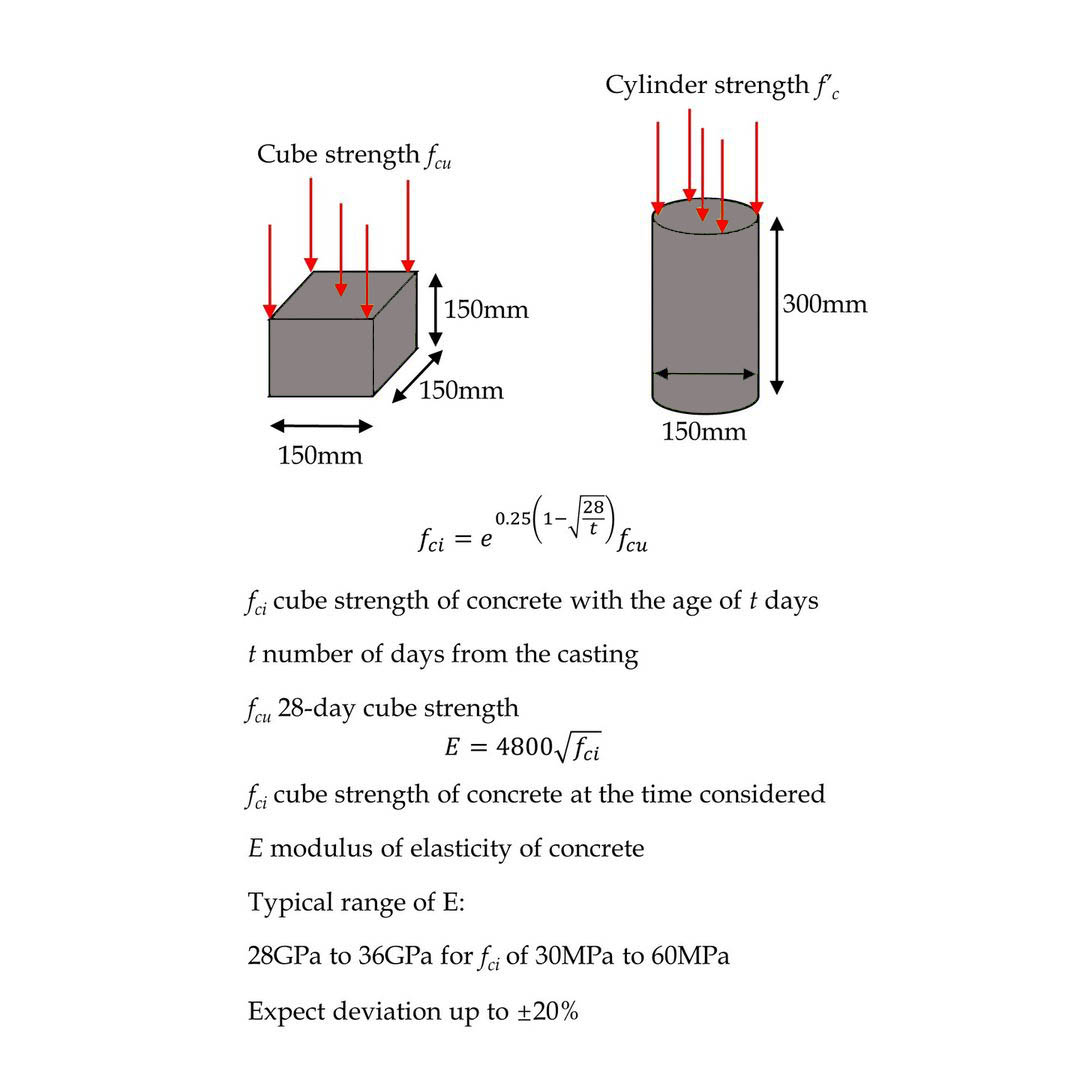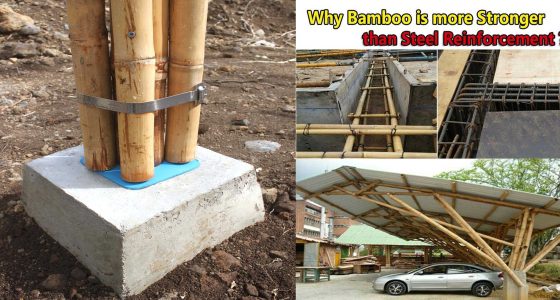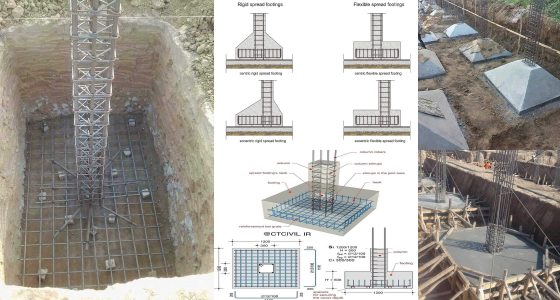Concrete strength is a crucial factor in structural engineering, and it can be specified in two primary ways: cube strength or cylinder strength. These values are essential in determining the quality and reliability of the material in various applications. This article will dive deep into the significance of concrete strength, the differences between cube and cylinder strength, and how to optimize concrete for various construction projects.
What is Concrete Strength?
Concrete strength typically refers to its ability to withstand compressive forces without failing. The most common measure of concrete strength is its compressive strength, which is usually determined 28 days after casting. This compressive strength is critical in ensuring that structures can support the loads placed on them over time without cracking or collapsing.
The characteristic strength of concrete is a standardized measure used to compare its performance across different mixtures and conditions. It represents the average compressive strength attained by concrete after 28 days of curing under specific conditions. While this is the most common measure, there are times when knowing the concrete’s strength at earlier stages, such as after a few hours or days, is also crucial.
Cube Strength vs. Cylinder Strength
There are two primary methods of testing concrete’s compressive strength: cube strength and cylinder strength.
- Cube Strength: In many countries, including the UK and parts of Europe, the compressive strength of concrete is measured using cube specimens. Typically, a 150mm (6-inch) cube is used, and the strength is determined by crushing the cube after 28 days of curing.
- Cylinder Strength: In the US, Canada, and some other regions, cylinder specimens are more common for measuring compressive strength. The cylinder specimens are generally 150mm in diameter and 300mm in height, and like cubes, they are also tested after 28 days.
Cube and cylinder strength values can differ because of the shape of the specimen and the way the load is applied during testing. As a result, a cylinder’s compressive strength is usually about 0.8 times that of a cube with the same mix. Engineers must account for this difference when specifying concrete strength for different regions or projects.
Why 28 Days?
The 28-day mark is widely used as the standard curing time because concrete reaches approximately 99% of its characteristic strength at this point. However, the rate of strength gain can vary based on the type of cement, environmental conditions, and other factors.
Importance of Early Strength in Concrete
While the 28-day strength is the industry standard, it is often important to know the strength of concrete at earlier stages, especially for precast and prestressed concrete structures.
In precast segmental construction, high early strength is essential to speed up the production process and reduce construction time. Concrete segments must achieve sufficient strength to allow for formwork stripping and handling without damage. If the concrete doesn’t reach the required early strength, it can delay the entire construction timeline.
Strength Requirements for Precast Construction
In precast construction, it is often necessary for concrete to achieve specific strength values quickly. For example:
- 12 MPa within 10 hours: This strength is typically required for stripping the shutter (formwork) to ensure the concrete is strong enough to hold its shape and support minor loads.
- 25 MPa within 36 hours: This is the strength needed to transport precast segments to storage or work sites without causing damage during handling and transport.
High early-strength concrete mixtures are achieved by using high cement content, low water-to-cement ratios, and sometimes supplementary cementitious materials such as fly ash or silica fume. These mixtures provide the rapid strength gain necessary for fast-paced construction projects.
Factors Affecting Concrete Strength
Several factors affect the strength of concrete:
1. Water-Cement Ratio
The water-to-cement ratio is one of the most important factors in determining concrete strength. A lower water-to-cement ratio typically results in higher strength, as it reduces the amount of free water in the mix, leading to a denser and more cohesive concrete matrix. However, if the ratio is too low, workability and hydration may suffer, which can negatively impact the concrete’s overall performance.
2. Cement Content
Higher cement content generally increases the concrete’s strength. Cement acts as the binding agent in concrete, and the more cement there is, the stronger the bonds between the particles. However, excessive cement can lead to shrinkage and cracking, so the amount used must be carefully balanced.
3. Aggregates
The quality and type of aggregates used in concrete also play a critical role in its strength. Aggregates should be strong, clean, and well-graded to ensure proper bonding with the cement paste. Additionally, the size and shape of the aggregates can affect the strength. For example, angular aggregates tend to provide better bonding and higher strength than rounded aggregates.
4. Modulus of Elasticity
The modulus of elasticity is another important property related to concrete strength. This property measures the stiffness of the concrete and its ability to resist deformation under load. Higher-strength concrete typically has a higher modulus of elasticity, making it more suitable for load-bearing structures. The modulus of elasticity is influenced by the type of cement and aggregates used, as well as the overall concrete strength.
Minimizing Creep and Shrinkage
In structural concrete, creep and shrinkage are important considerations. Both can lead to long-term deformations that compromise the structural integrity of a building or infrastructure. Creep refers to the tendency of concrete to deform gradually under a sustained load, while shrinkage is the contraction that occurs as the concrete dries and hardens.
To minimize creep and shrinkage losses, it is important to keep the water-to-cement ratio and cement content to a minimum. High cement content can increase shrinkage, leading to cracks and potential structural issues. Using supplementary cementitious materials, controlling moisture levels, and ensuring proper curing can help reduce these effects.
Click Here To See Ultimate Bearing Capacity Of Shallow Foundations: A Comprehensive Guide
